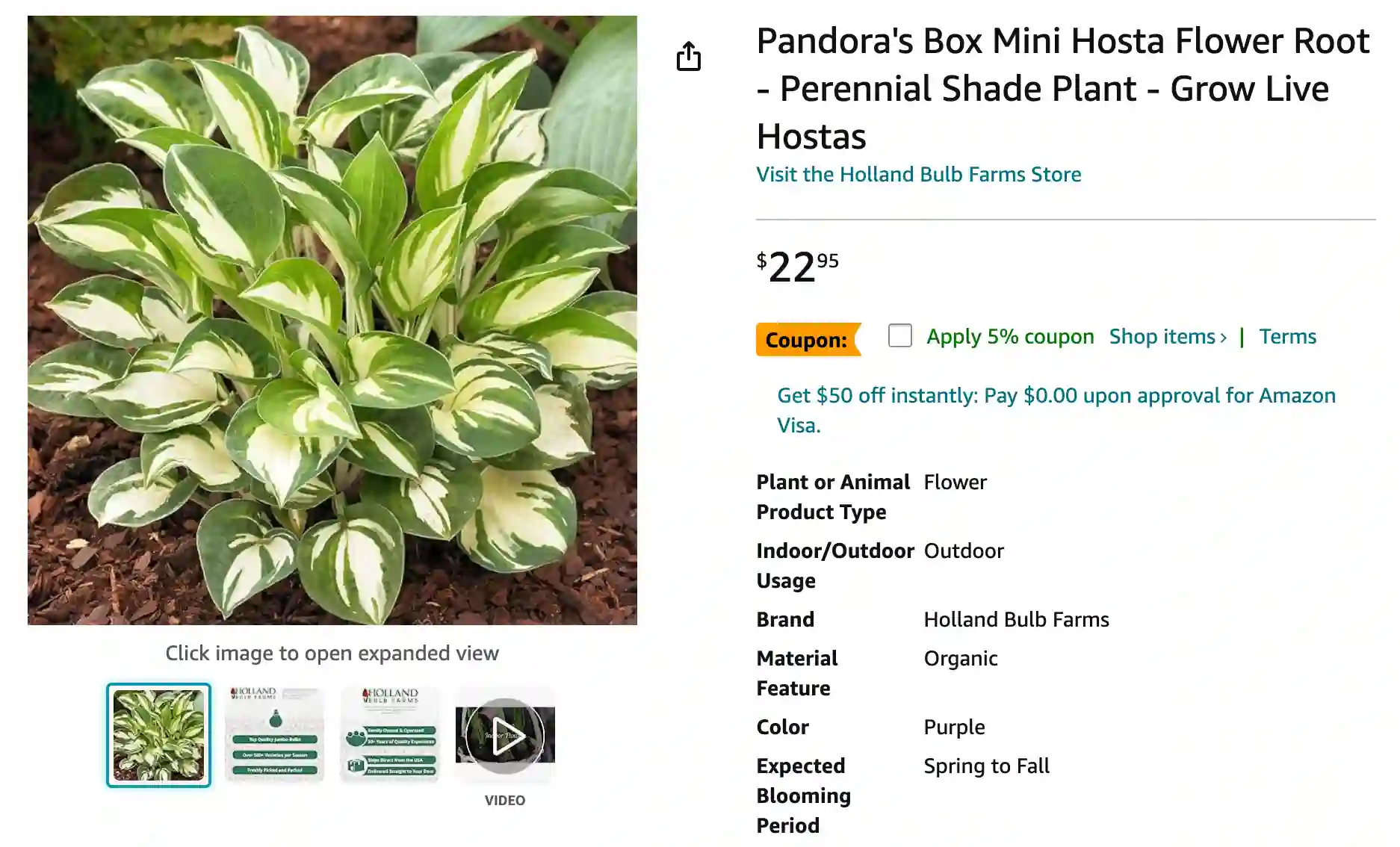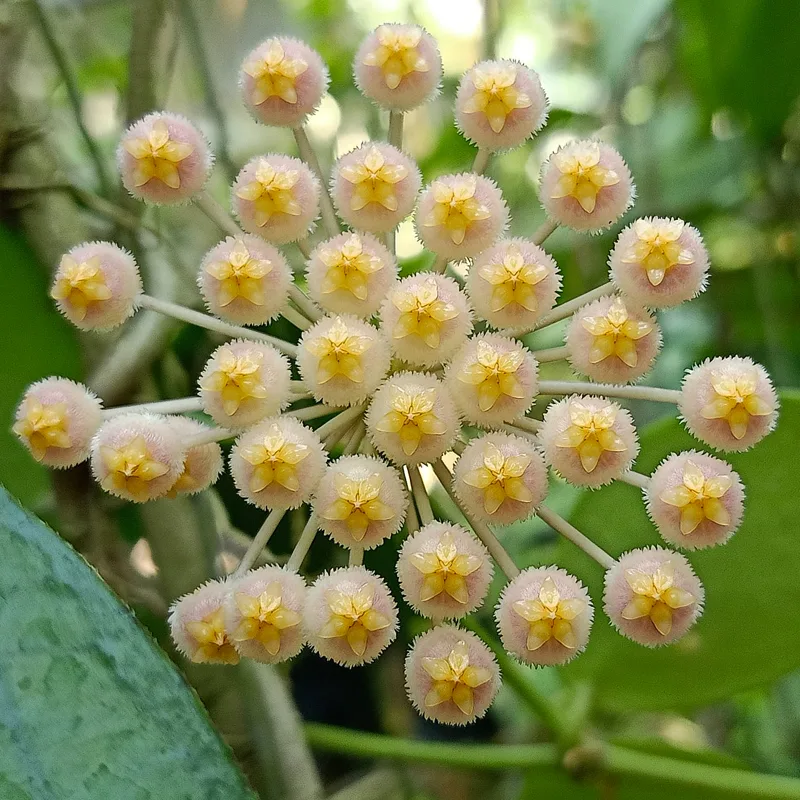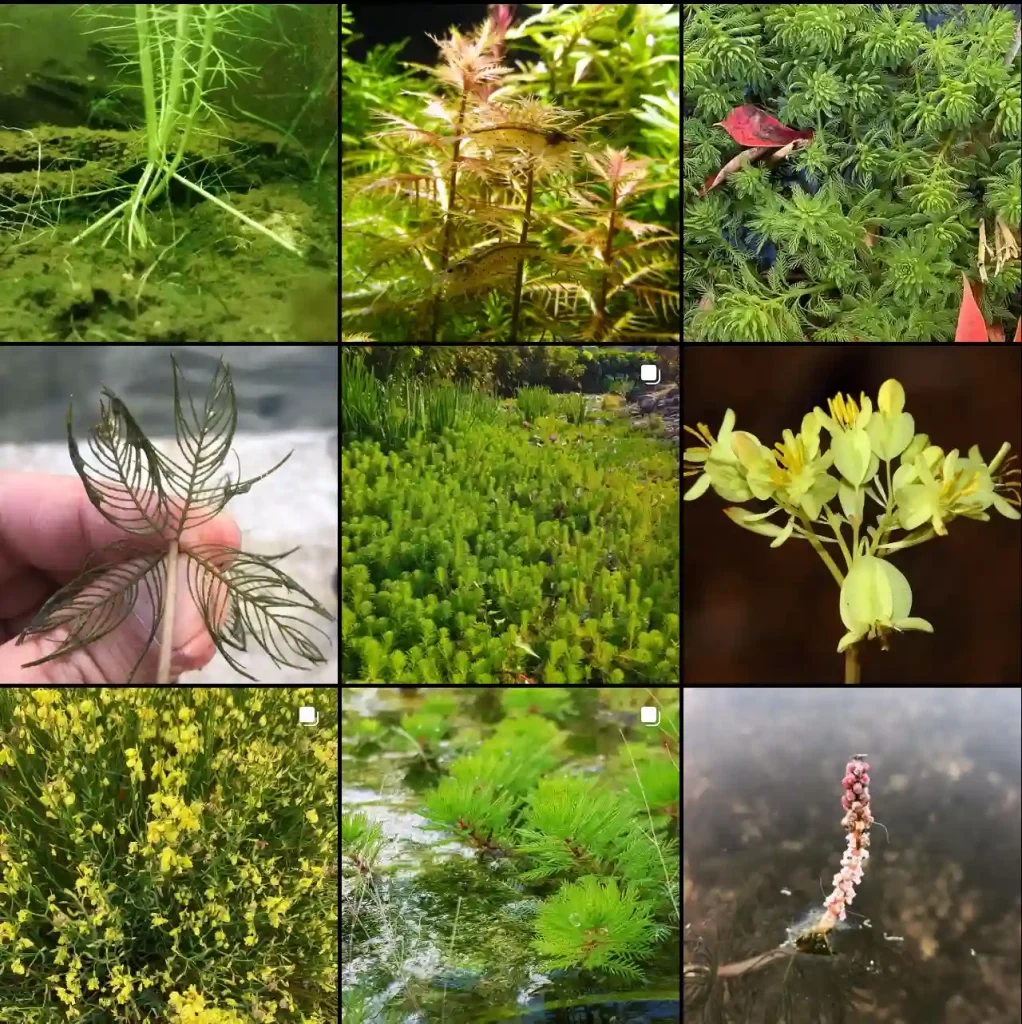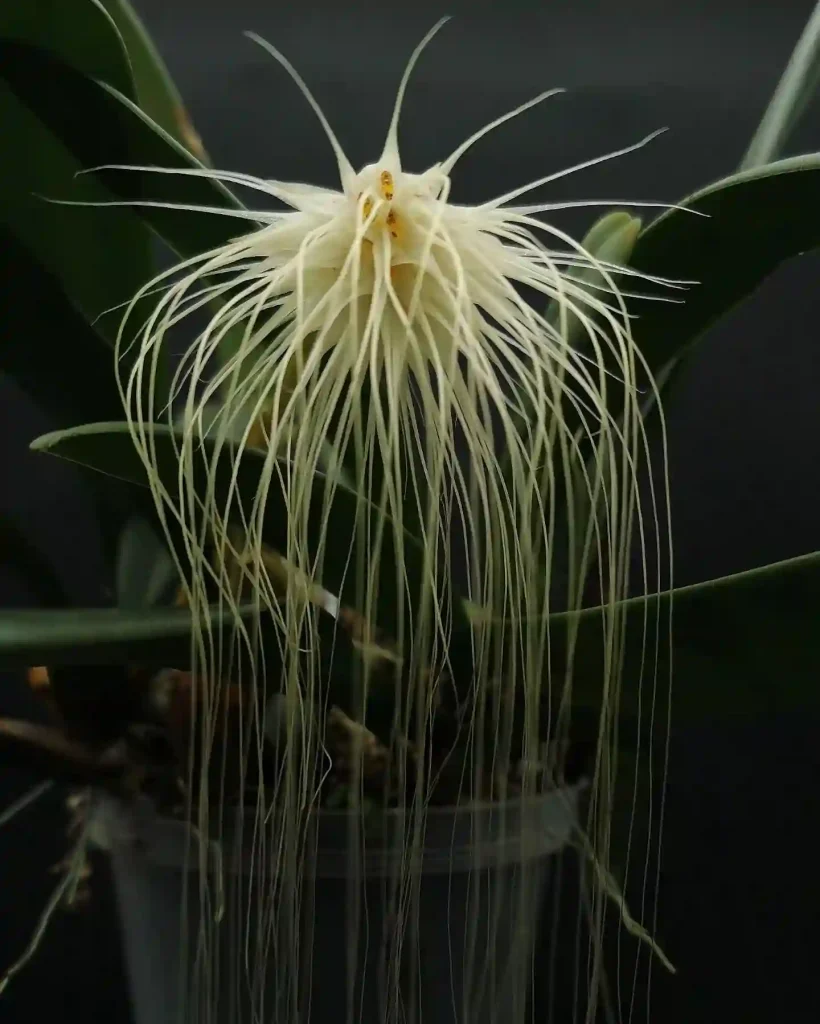
Hosta Pandora’s Box: Unveiling the Secrets of this Miniature Marvel
I’m Ferb Vu, and I’m here to shed light on the captivating Hosta Pandora’s Box. This petite perennial isn’t just mythologically named, it’s a garden gem that packs a punch of color and texture in a compact form.
Whether you’re a seasoned gardener or just starting your plant parenthood journey, this FAQ will unveil everything you need to know about Hosta Pandora’s Box.
31 Species in Genus Hosta
What Makes Hosta Pandora’s Box Special?
This miniature hosta is a champion of small spaces. Reaching a mature height of only 3 to 6 inches, it thrives in containers, fairy gardens, or nestled amongst taller perennials. Unlike its larger cousins, Pandora’s Box won’t overwhelm your design but will add a touch of whimsy with its captivating foliage.
The star of the show is undoubtedly the leaves. A mesmerizing blend of blue, green, silver, and white swirls across the surface, creating a kaleidoscope effect. This variegated beauty brings a burst of life to shady areas, where many plants struggle.
Bonus: Hosta Pandora’s Box is a butterfly magnet. The delicate lavender blooms that appear in June add another layer of charm and attract these fluttering pollinators to your garden.
How to Care for Your Hosta Pandora’s Box?
Light: While hostas are known as shade lovers, Pandora’s Box prefers a touch more light than its brethren. Dappled sunlight or a location with morning sun and afternoon shade is ideal. Avoid harsh afternoon sun, which can scorch the delicate leaves.
Soil: Moist, well-drained soil is key. Amend clay soil with compost or sand to improve drainage. Aim for a pH between 5.5 and 7.5.
Watering: Consistent moisture is essential, especially during hot spells. Water deeply when the top inch of soil feels dry.
Feeding: A light feeding in early spring with a balanced fertilizer will give your Hosta Pandora’s Box a boost.
Pruning: Deadhead spent blooms after flowering to encourage more blooms and maintain a tidy appearance. Remove any discolored or damaged leaves throughout the growing season.
Winter: Hosta Pandora’s Box is a tough cookie, surviving in USDA hardiness zones 3 to 9. In colder climates, a layer of mulch applied in late fall will protect the roots during winter.
Common Hosta Pandora’s Box Problems
Slugs and Snails: These slimy creatures find hostas particularly delicious. Regularly inspect your plants and handpick any unwelcome guests. You can also use organic slug and snail bait to deter them.
Leaf Scorch: Too much direct sunlight can cause the leaves to turn brown and crispy. Ensure your Hosta Pandora’s Box receives the appropriate amount of light.
Deer Resistance: Good news! Deer generally find hostas unappealing due to their unappetizing taste.
Hosta Pandora’s Box vs. Other Hostas
Size: The biggest difference between Pandora’s Box and other hostas is its miniature stature. While giant varieties like Hosta Sum and Substance can reach several feet across, Pandora’s Box stays compact, making it ideal for smaller gardens.
Light Requirements: Some hostas, like Hosta Francee, tolerate full shade well. Pandora’s Box, however, prefers dappled sunlight or morning sun with afternoon shade.
Variegation: The captivating mix of colors in Pandora’s Box foliage sets it apart. Hosta Blue Angel, for example, boasts stunning blue leaves, but lacks the silver and white accents found in Pandora’s Box.
Companion Plants: Since Hosta Pandora’s Box thrives in shade, consider pairing it with other shade-loving plants like ferns, coral bells (Heuchera), or Japanese painted ferns.
With its manageable size, captivating foliage, and easy-going nature, Hosta Pandora’s Box is a true garden gem. By following these simple care tips, you can unlock the secrets of this miniature marvel and enjoy its beauty for years to come.
If i die, water my plants!



